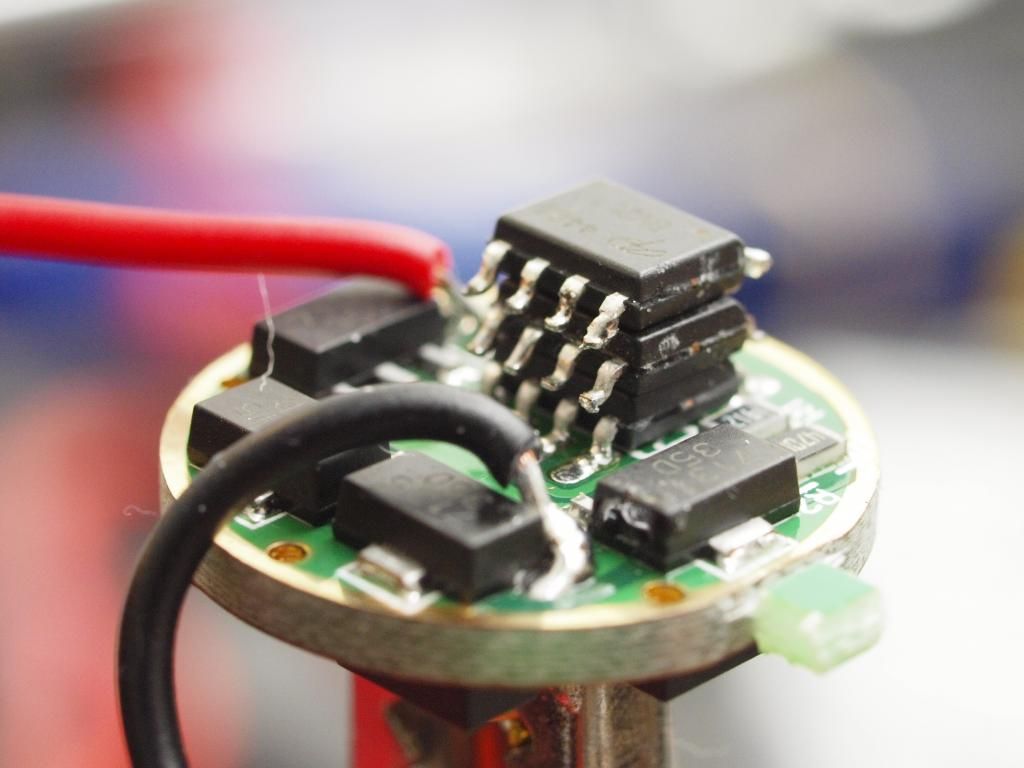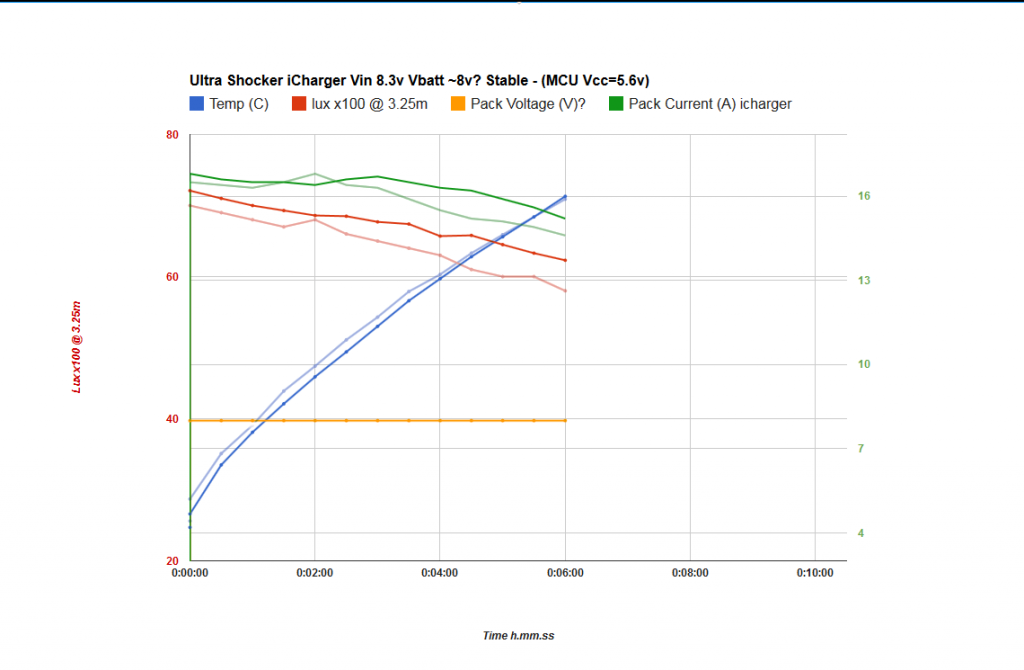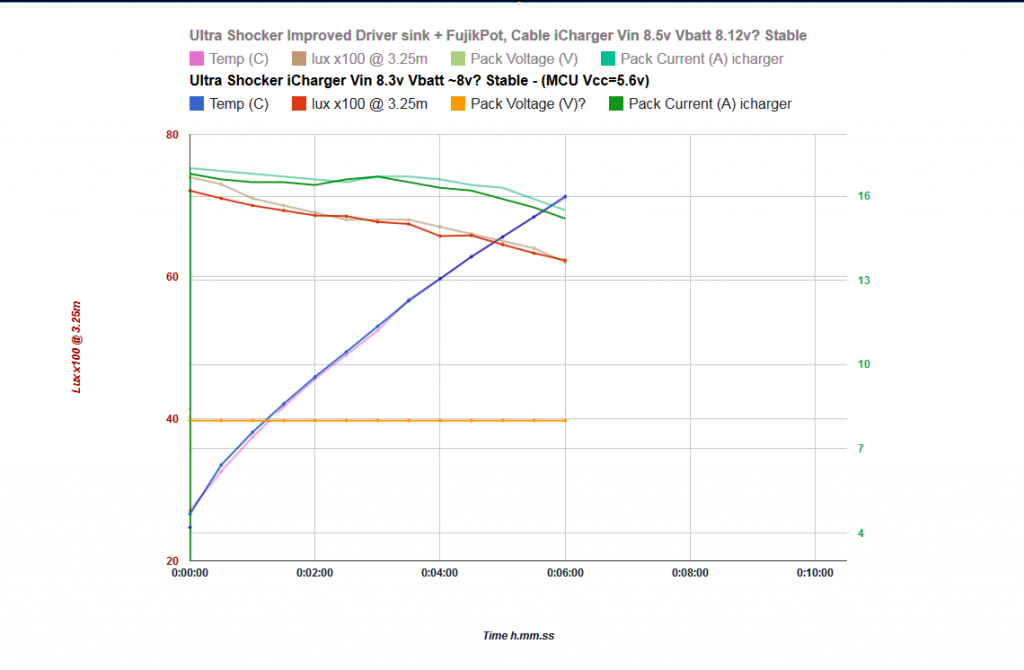How nice of farnell to send me a bunch of antistatic baggies today, how did they know I was running low on those? 

…oh…wait, there might actually be tiny components somewhere inside there! 
Ahem… yeah remember when I said how I thought those LFPAK fets are a “much much bigger package” than a 7135…well, yeah…not so much. They are properly tiny, can’t believe they can really handle all that current, amazing.
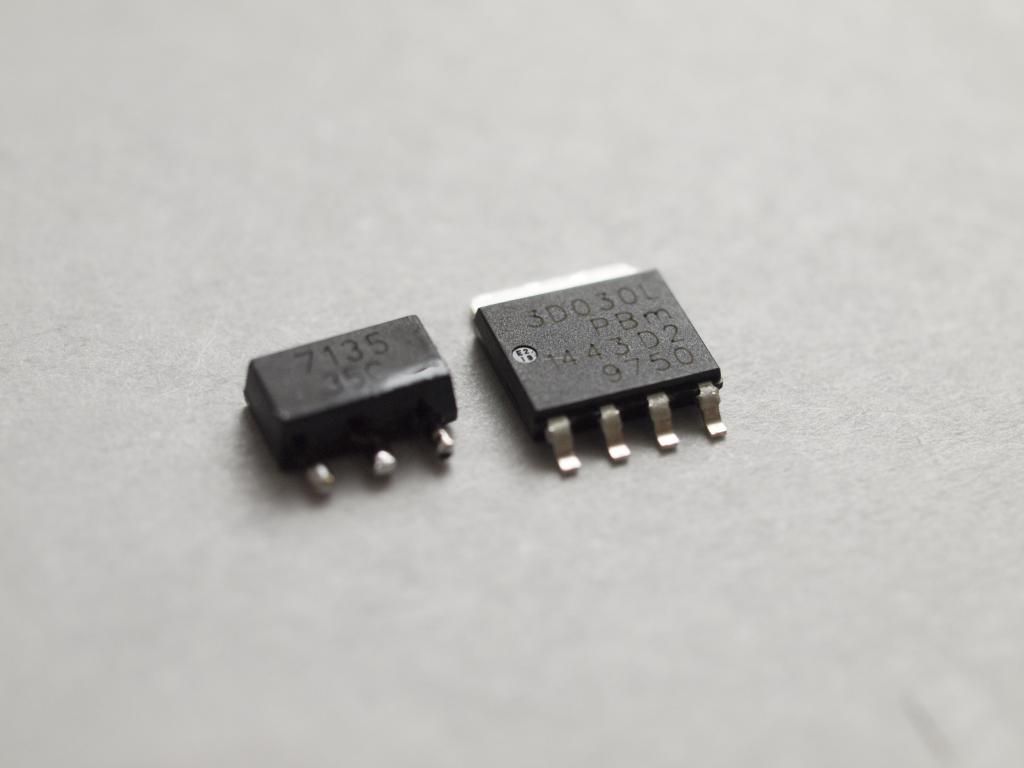
I also got some 5.5v zeners in this order so I will replace the 4.3v one on the MCU board and see how things stack up with a stronger input voltage. Fingers crossed.
The tests I’ve been running to try and track down the dropout voltage of my entire light have been producing really nice predictable results without the MCU, and performance is in another league altogether. It was seriously crippled before, not to mention that extra 0.5v or so being needlessly burned off in the drivers meant I was probably dumping up to 30watts of heat into the driver assembly alone! No wonder I had to over engineer the thermal paths so much, should have realized there was a problem earlier.
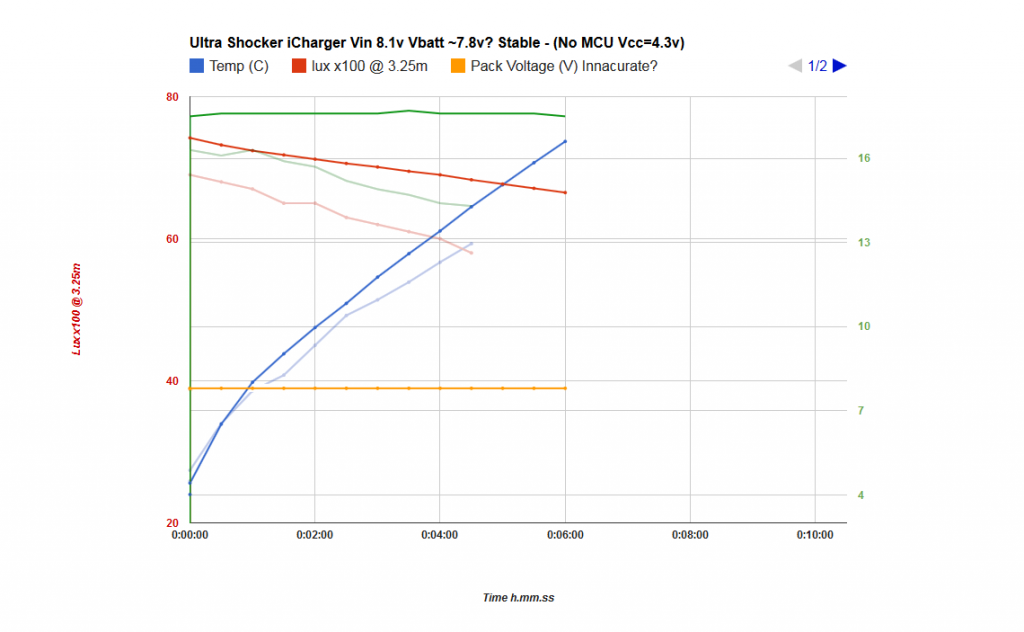
Like for like 8.1v Vin runs. I’m not sure if I would call this fully regulated or not. Currents don’t quite hit the magic 17.85A at any point but it’s close enough and very flat so I suspect it is doing something.
At lower voltages the light tends to start further below regulation and then rise up to flatten out at a steady current. If VBatt is really at 7.8v then seeing any kind of regulation here means I am very close indeed to the dropout voltage I predicted at around 0.8v for the entire light. Which is great.
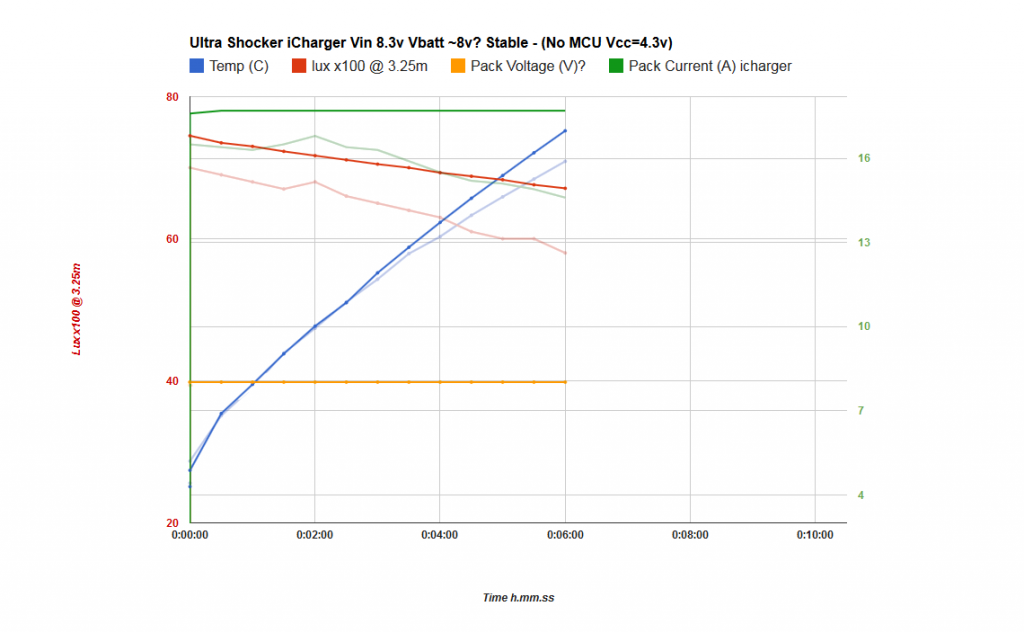
…and at 8.3v, solidly regulated, steady boring graph. Just the way I like them! 
I’m still not 100% trusting the VBatt values but I’ve been measuring voltage drop across the wiring harness instead and that seems to be less prone to variation and weirdness. On average VBatt is about 0.28-0.3v lower than Vin. Thankfully the actual Vin values set by the iCharger are absolutely stable and repeatable so it doesn’t really matter.
Dropping down below 8v iCharger input, which equates to about 7.7v battery voltage and the the light starts to be noticeably out of regulation. There’s no longer much of a flatness to the current graph and it actually starts lower and rises up as the temperatures increase. See the 7.7v Vin (7.4v Vbatt) graph earlier in the thread as to what it looks like when it switches over. But the behaviour is nice and predictable everywhere, I may do some more tests to characterize the light fully at inbetween voltages but meh, it’s a bit of a pain.
At this stage I need to just focus on improving the performance with the MCU active. I have some great comparison data now at these voltage. If anything I do improves the MCU’s performance I’ll be able to see it right away.

